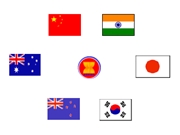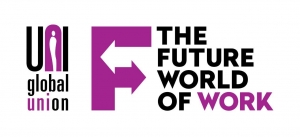ASEAN+6 to launch Free-trade Market

Leaders from ASEAN, Australia, China, India, Japan, Republic of Korea and New Zealand will announce the official launch of a new regional free trade area in the form of a Regional Comprehensive Economic Partnership (RCEP) in November 2012.
"The leaders should come up with a formal statement to form the RCEP. The negotiations are expected to start early next year in order to wrap up the pact by 2015, just in time for the full implementation of the ASEAN Economic Community," Somkiat Triratpan, deputy director-general of the Trade Negotiations Department, said last week.
The RCEP could potentially transform the region into an integrated market with a combined GDP of about US$ 17.23 trillion (based on 2010 figures), strengthening the region’s economic architecture and paving the way for stimulating the Asian economy. The pact will offset the Trans-Pacific Partnership Agreement, which has nine members in Asia-Pacific, making it the biggest free-trade market worldwide.
The RCEP countries will liberalise nearly 100 per cent of trade among them following many effective bilateral free-trade pacts between ASEAN and its partners. Some protectionism will be maintained for sensitive goods of some countries such as rice.
Service and investment in the region is likely to be freed under the RCEP due to development disparity among the economies. RCEP countries will have to continue integrating so that service and investment can open up more deeply.
The RCEP will also act as an important stepping stone to achieving the Free-Trade Area of the Asia-Pacific before 2020.
ASEAN Economic Ministers and their counterparts from ASEAN’s FTA Partners met for the first time in August 2012 to discuss the RCEP. The Ministers expressed confidence that the momentum in the preparatory stage of the RCEP process augers well for RCEP’s contribution to strengthening the region’s economic architecture.

